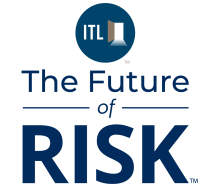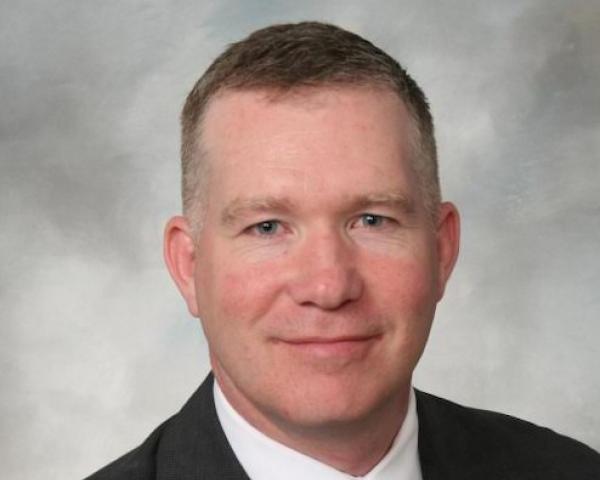Summer has long been the season of transition. It's when families relocate, leases turn over, and homeowners settle into new properties before the school year begins. In fact, nearly 45% of U.S. home moves occur between May and August. For insurance professionals, this seasonal surge in home transitions presents a prime opportunity, not just to update policies but to initiate deeper conversations about financial protection and preparedness.
And this discussion is well timed as summer brings new beginnings and the peak of many natural disasters. Wildfires, hurricanes, severe storms, and tornadoes are all active perils during these months. All too often, clients stepping into a new home are doing so without a clear plan for how they would weather the financial aftermath of a catastrophe that may hit their property.
The recent frequency and severity of natural disasters have made one thing clear: Having a policy isn't the same as being prepared. In today's volatile climate, insurance professionals must act as financial resilience advisors, helping clients build layered protection plans that go beyond traditional coverage and prepare them for the full financial impact of disaster. This shift in mindset doesn't just benefit clients, it elevates the agent-client relationship and positions agents as long-term partners in their financial wellbeing.
Start With the Emergency Savings Conversation
According to a 2024 Empower Research report, 37% of Americans can't cover a $400 emergency. Yet a wildfire evacuation or storm displacement can cost thousands in temporary housing, lost wages, and everyday essentials. When disaster strikes, it's rarely just a $400 problem, and the financial shock often hits long before an insurance claim can be processed.
When clients are moving into a new home or renewing their policy, encourage them to evaluate their emergency savings with this simple question: If a disaster hit tomorrow and you couldn't return home or work for two to three weeks or more, how would you manage your expenses?
This can prompt clients to reassess their emergency savings and rethink how they've structured their coverage. It's a gateway to a more meaningful discussion about true financial readiness and matching them with insurance solutions to fit their needs and their environment.
Match Coverage to Risk and Lifestyle
Every client has a unique risk profile, and their coverage combination should reflect this. Encourage clients to consider their:
- Geographic Risk: Is their area prone to hurricanes, wildfires, or earthquakes?
- Household Makeup: Do they have dependents, seniors, or pets to consider for evacuation or temporary care planning?
- Income Stability: Could they afford to miss a paycheck, or two, without dipping into long-term savings?
Using tools like FEMA disaster data and regional risk maps can ground these conversations in facts. Between 2013 and 2023, nearly 89% of all U.S. counties declared a natural disaster. Clients need to understand: No region is immune, and the financial fallout of disaster is real.
Identify the Gaps in Traditional Coverage
Many clients assume their homeowners policy has them covered and underestimate their financial vulnerability. This creates a valuable opportunity to educate them on where those policies fall short and how those gaps could affect their recovery process.
Here are a few common misconceptions to address:
- "I'm covered for earthquakes and floods." Earthquake and flood damage are not typically covered under standard homeowners or renters policies, which many clients aren't aware of until it's too late.
- "I'll file a claim and get help right away." Clients may not realize that after a large-scale disaster, insurance claims can take weeks, even months, to process.
- "I won't have to pay much out of pocket." Many homeowners underestimate how expensive their insurance deductible can be, especially with high-deductible plans that help lower premiums. After a loss, some are surprised to learn they need to pay thousands up front before coverage kicks in.
This is where supplemental disaster insurance can fill critical gaps in traditional policies. A solution like Recoop Disaster Insurance offers up to $25,000 in flexible, lump-sum payouts within days, not weeks, for a variety of perils. These funds can be used for whatever matters most in the moment: temporary housing, pet boarding, medical expenses, keeping up with the bills or covering insurance deductibles. Supplemental coverage isn't just a nice-to-have; it's a practical, affordable way to protect finances when disaster strikes.
Advocate for a Layered Protection Plan
The most resilient financial plans are layered with: 1) emergency savings for immediate needs, 2) traditional insurance to protect structures and belongings, and 3) supplemental coverage to provide cash flow support during the critical interim period. Together, these elements can help clients avoid high-interest debt, protect long-term savings, and stay financially afloat when the unthinkable happens.
The Bottom Line for Agents
Helping clients navigate this broader landscape of risk management is a brand differentiator. By bringing these conversations to the forefront, especially during seasonal inflection points like summer moves, you demonstrate a deep commitment to your clients.
You're not just writing policies; you're building relationships based on trust and foresight. That positions you as an indispensable advisor and earns the kind of loyalty that lasts well beyond the policy renewal.
The months ahead will bring more storms, heat waves, and wildfires. With more Americans on the move this summer, there's no better time to have these conversations and help clients disaster-proof their finances. The next disaster may be unpredictable, but your clients' financial preparedness doesn't have to be.








